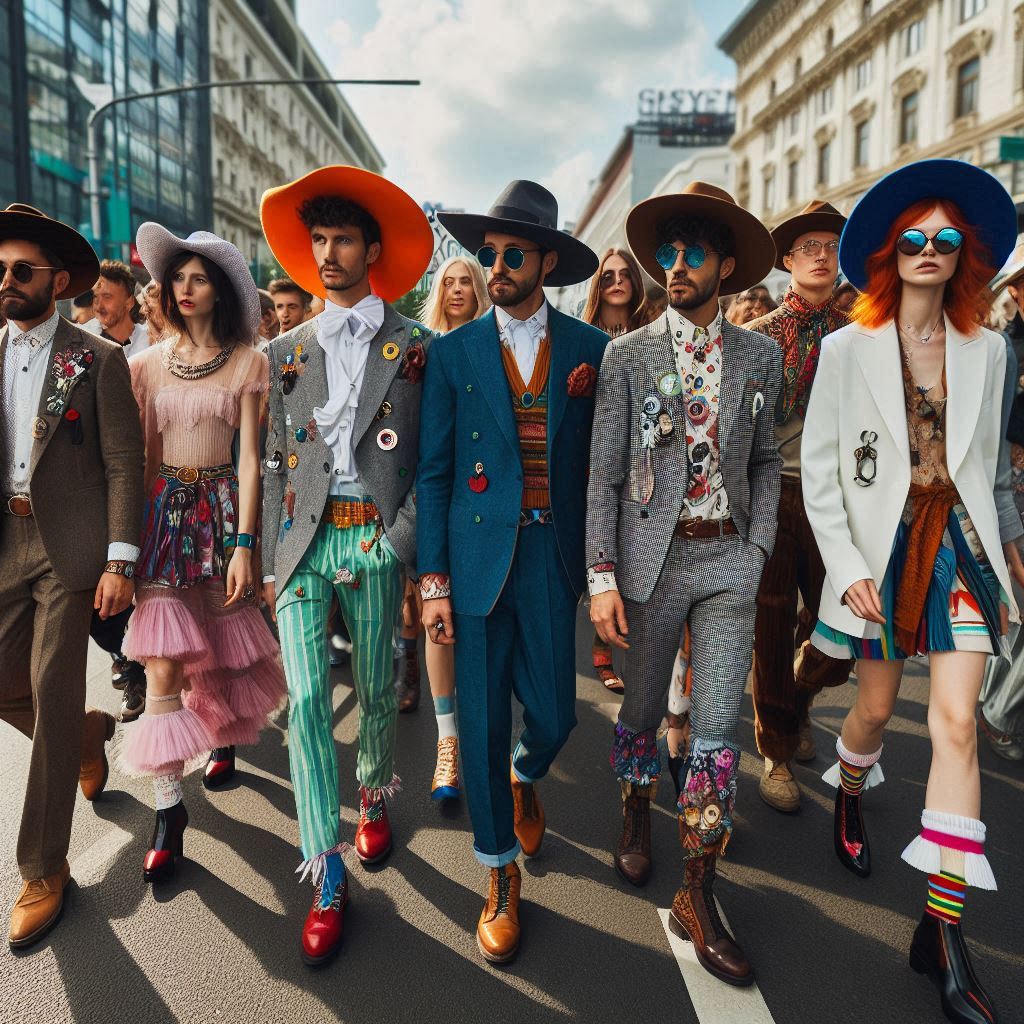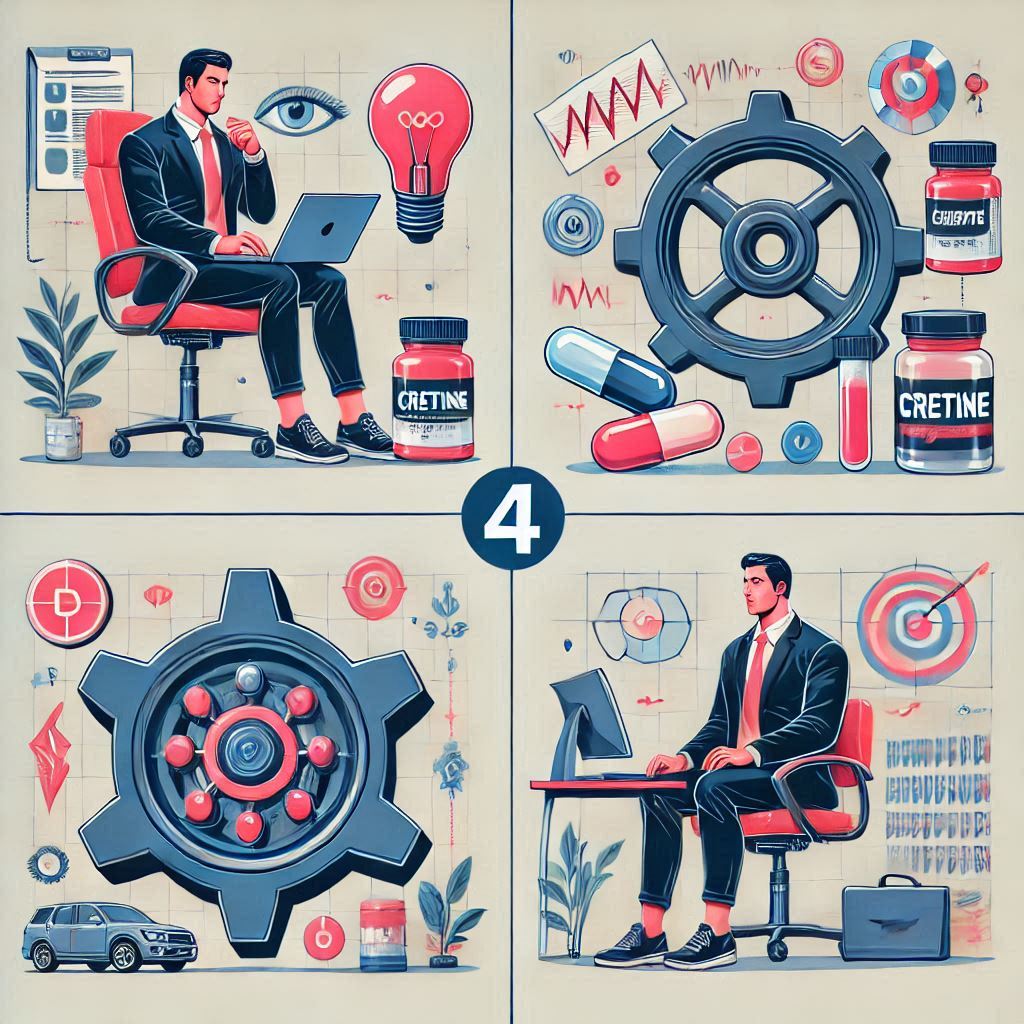
Direct-to-Film (DTF) printing has revolutionized the textile and garment industry, offering a versatile and cost-effective solution for creating high-quality, customized designs on various fabrics. This innovative technology has quickly gained popularity among businesses and creative professionals alike, thanks to its unique advantages and wide-ranging applications.
Understanding DTF Printing
DTF printing is a two-step process that involves printing designs onto a special polyethylene terephthalate (PET) film and then transferring them onto the desired fabric using heat. This method stands out from other printing techniques due to its ability to produce vibrant, detailed designs on a variety of materials, including cotton, polyester, blends, and even leather.
The DTF Printing Process
Step 1: Design Preparation and Printing
The process begins with creating or selecting a design using graphic design software. The image is then printed onto the PET film using specialized DTF printers and inks. These printers typically use a CMYK color model with an additional white ink for printing on dark fabrics.
Step 2: Adhesive Application
After printing, a powdered adhesive is applied to the film. This adhesive is crucial for bonding the design to the fabric during the heat transfer process.
Step 3: Heat Transfer
The printed and adhesive-coated film is then placed on the fabric and subjected to heat and pressure using a heat press. This process melts the adhesive, permanently bonding the design to the fabric.
Advantages of DTF Printing
Versatility
One of the most significant benefits of DTF printing is its ability to work on various fabric types and colors. Unlike some other methods, DTF can produce high-quality prints on both light and dark fabrics without requiring pre-treatment.
Cost-Effectiveness
DTF printing is particularly cost-effective for small to medium-sized orders. It doesn't require expensive setup costs or minimum order quantities, making it ideal for businesses offering customized products or print-on-demand services.
High-Quality Output
The technology allows for the production of intricate, full-color designs with excellent color vibrancy and durability. DTF prints are known for their soft feel and resistance to cracking or peeling.
Eco-Friendly Option
Compared to traditional screen printing, DTF uses less water and produces less waste, making it a more environmentally friendly option for businesses looking to reduce their ecological footprint.
Applications of DTF Printing
The versatility of DTF printing has led to its adoption across various industries:
- Apparel: T-shirts, hoodies, sportswear, and fashion items
- Accessories: Bags, hats, and shoes
- Home Decor: Pillowcases, curtains, and upholstery
- Promotional Products: Custom merchandise for events and marketing campaigns
Challenges and Considerations
While DTF printing offers numerous advantages, it's important to consider some challenges:
- Initial Investment: Quality DTF printers and materials can be costly, requiring a significant upfront investment.
- Learning Curve: Mastering the technique requires practice and experimentation to achieve optimal results.
- Maintenance: Regular maintenance of DTF printers is crucial to ensure consistent print quality and longevity of the equipment.
The Future of DTF Printing
As technology continues to advance, we can expect to see further improvements in DTF printing capabilities. Innovations in ink formulations, film materials, and printer technologies are likely to enhance print quality, durability, and efficiency, solidifying DTF's position as a leading printing method in the textile industry.











